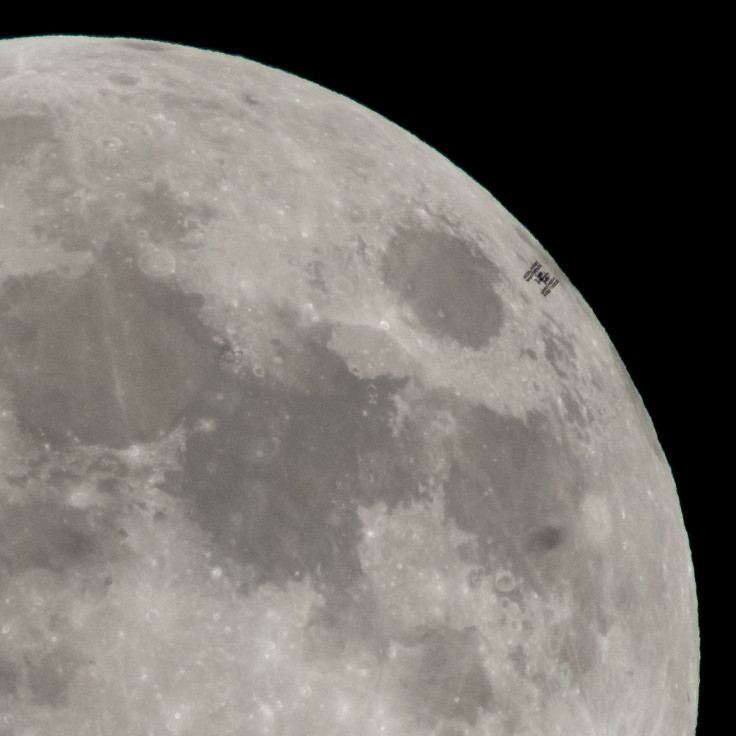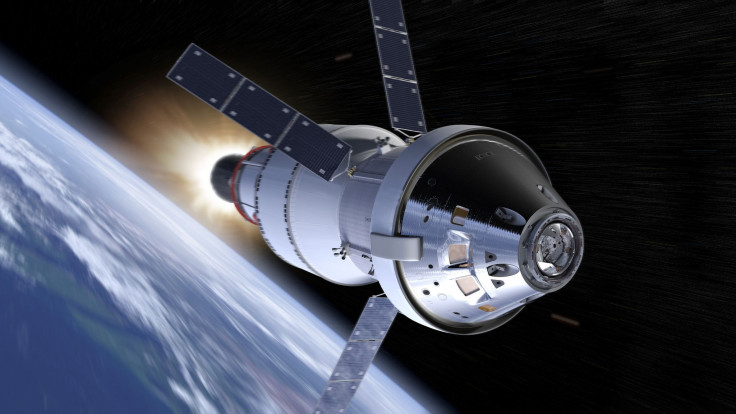NASA’s Orion Spacecraft Could Take First Russian Astronaut To The Moon

The only astronauts so far to have stepped on any terrestrial surface other than that of Earth are the 12 from the United States who have been to the moon. The impetus for NASA working on a crewed mission to the moon in the first place was the so-called “space race” with the former Soviet Union, but in a sign of changing times for science, the first Russian astronaut to step on the lunar surface could be taken there in a NASA spacecraft.
“The first Russian cosmonaut can go to the moon on the American spacecraft Orion roughly in 2024 to participate in the installation of the Russian airlock at the international near-moon station Lunar Orbital Platform-Gateway,” Russia’s RIA Novosti news agency reported Friday, citing a source in the country’s rocket and space industry.
NASA and Russian space agency Roscosmos had, in September, announced they were partnering to work on the Lunar Orbital Platform-Gateway, a NASA-led project which “is central to advancing and sustaining human space exploration goals, and is the unifying single stepping off point in our architecture for human cislunar operations, lunar surface access and missions to Mars.”
For the construction and functioning of the Gateway, NASA plans to partner with a number of entities, including domestic private companies and space agencies of other countries, and is using the experience and expertise of all contributors to the International Space Station to work on the Gateway.
Among the Gateway’s components would be lock chambers for its crew to exit into outer space, and that component could be built by Russia, according to preliminary agreements between the two countries. The installation of that component would involve first hauling it to the moon aboard an Orion spacecraft, and then for a Russian cosmonaut to integrate it into the Gateway, which would be in a lunar orbit already.
The main transport vehicle to be used for trips to the Gateway would be NASA’s under-development Orion spacecraft, which NASA says will take humans “to the vicinity of the moon and Mars … the Orion Spacecraft is designed to meet the evolving needs of our nation’s deep space exploration program for decades to come.”
As for the spacecraft’s capabilities: “Orion will serve as the exploration vehicle that will carry the crew to space, provide emergency abort capability, sustain astronauts during their missions and provide safe re-entry from deep space return velocities.” NASA is looking at the first crewed flights of Orion in the early 2020s.

The first components of the Gateway are planned to be put in place in 2022, and would likely be a module to serve as a power source. A U.S.-built habitat module would join it in 2023, followed by the Russian lock chamber module in 2024.
RIA Novosti’s source in the Russian company RSC Energia — the future manufacturer of the Gateway module — also said there were talks of a second Russia cosmonaut also going to the lunar surface as part of another Orion crew, but there were no details provided.
© Copyright IBTimes 2024. All rights reserved.





















